New ‘Burrowing’ Dinosaur Species Discovered in Utah
Fona herzogae, a newly discovered dinosaur species, lived around 99 million years ago in what is now Utah.
This small, plant-eating dinosaur was roughly the size of a large dog and exhibited unique adaptations for underground living, such as large biceps muscles and fused pelvic bones.
Key Features of Fona herzogae
Fona herzogae had several distinguishing characteristics: strong muscle attachment points on the hips and legs, and hind limbs that were larger than the forelimbs.
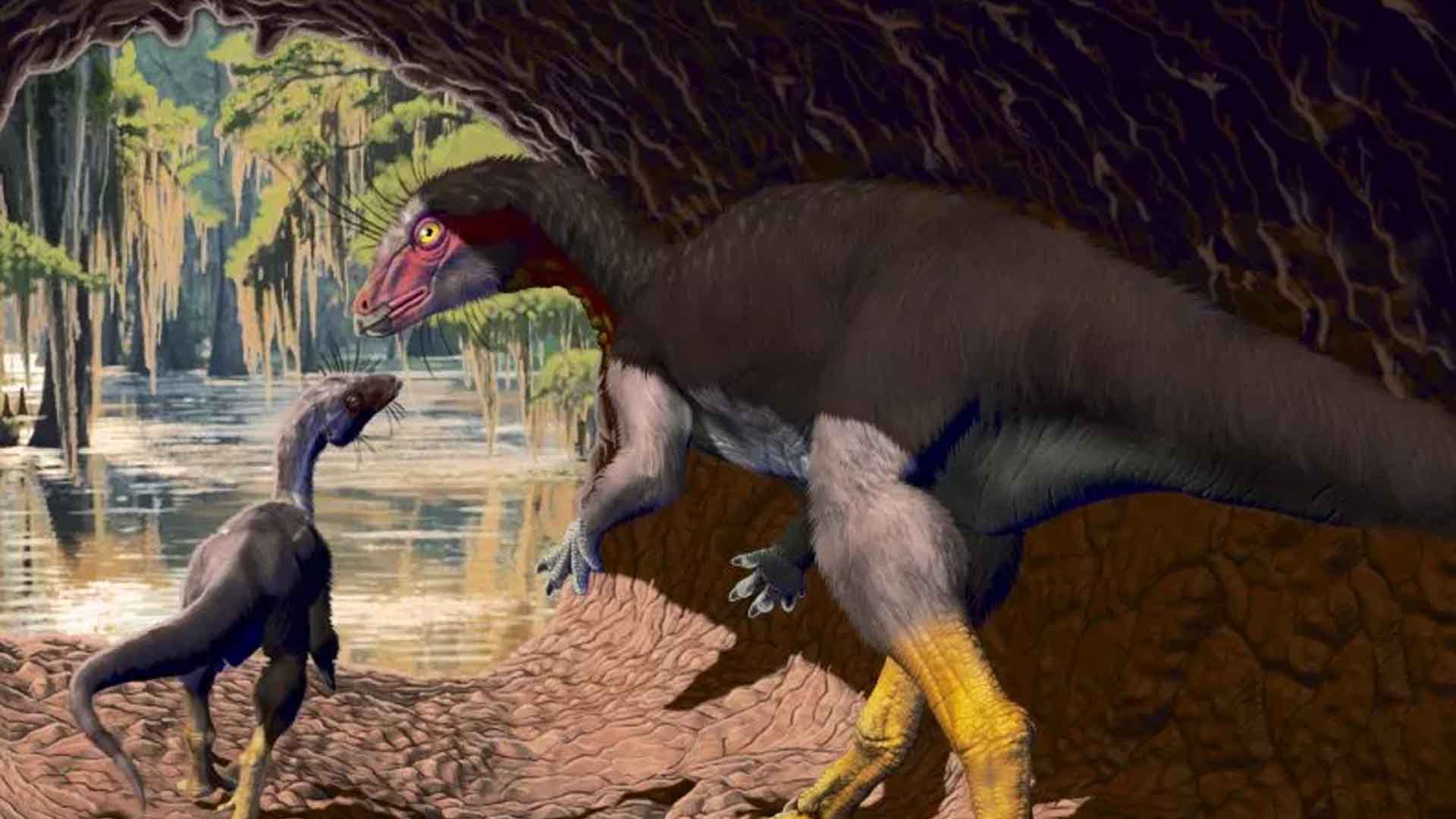
Source: JORGE GONZALEZ/NORTH CAROLINA STATE UNIVERSITY
These features are common in animals that dig and burrow, suggesting that F. herzogae spent significant time underground.
A Colorful, Downy Coat
Scientists believe F. herzogae sported a vibrant coat of downy feathers, acting like a natural camouflage and providing insulation.
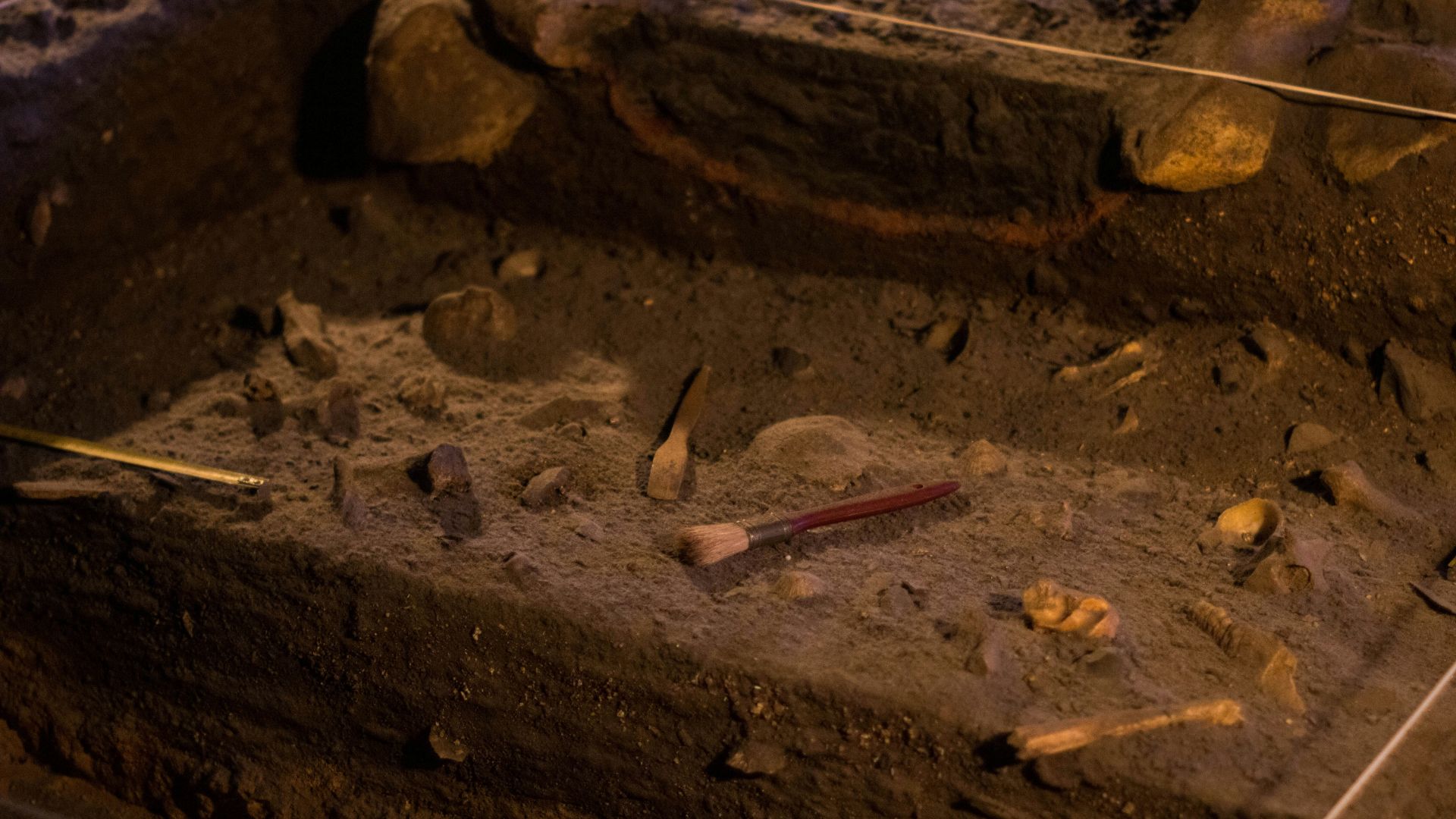
Source: Grianghraf/Unsplash
Such feathered dinosaurs are not uncommon, but finding one adapted for burrowing is rare.
Discovery in the Mussentuchit Member
Researchers from North Carolina State University and the North Carolina Museum of Natural Sciences discovered F. herzogae in Utah’s Cedar Mountain geological formation.

Source: Utah.com
This area, known as the Mussentuchit Member, was a wet floodplain nestled between a vast inland ocean and volcanic mountains.
Exceptional Fossil Preservation
The fossils of F. herzogae are remarkably well-preserved, often found in their original death pose.
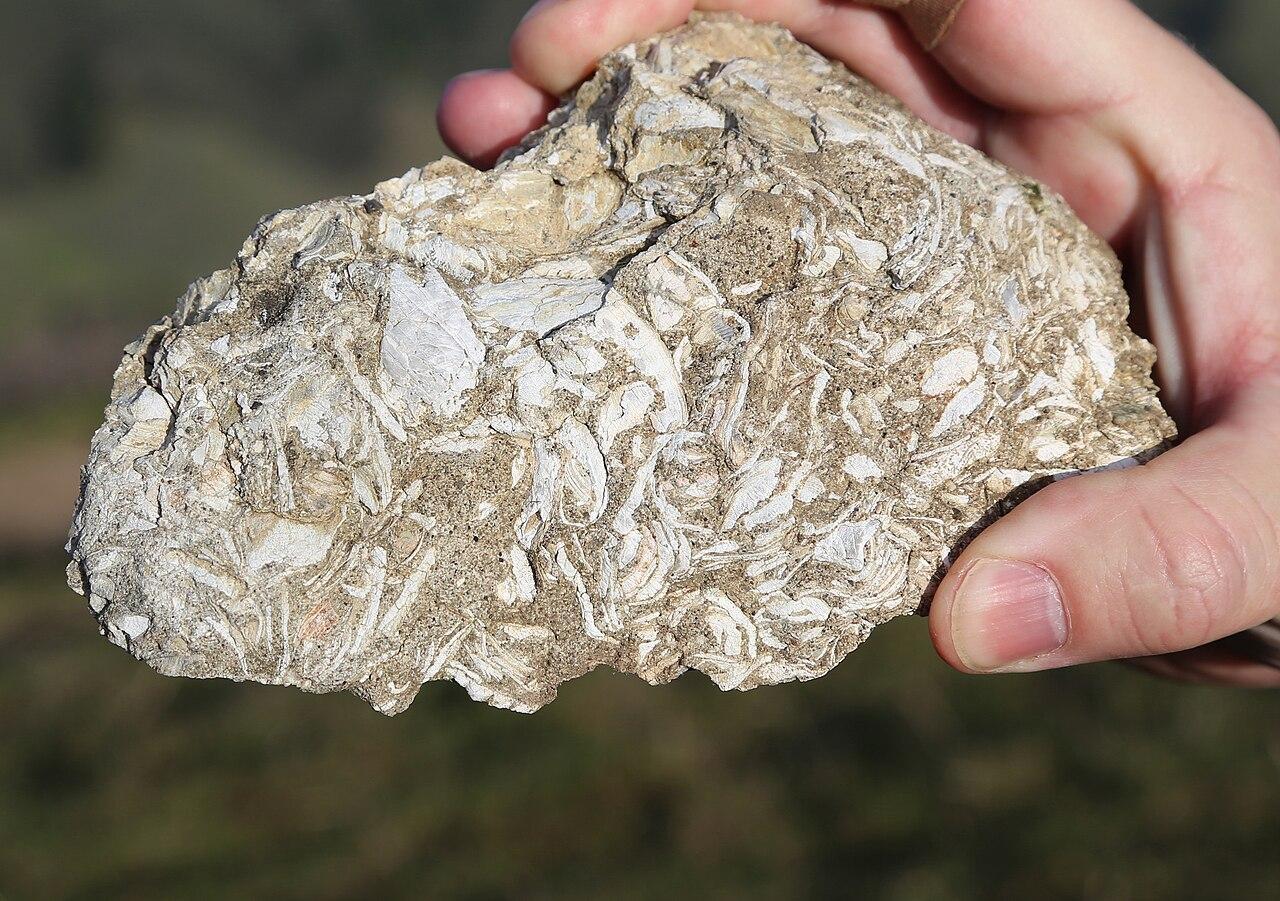
Source: Wikimedia
This exceptional preservation suggests that the dinosaurs were underground in burrows before their death, protecting their remains from scavengers and environmental decay.
Living in Small Groups
The fossils have been found in small clusters, indicating that F. herzogae lived in groups.
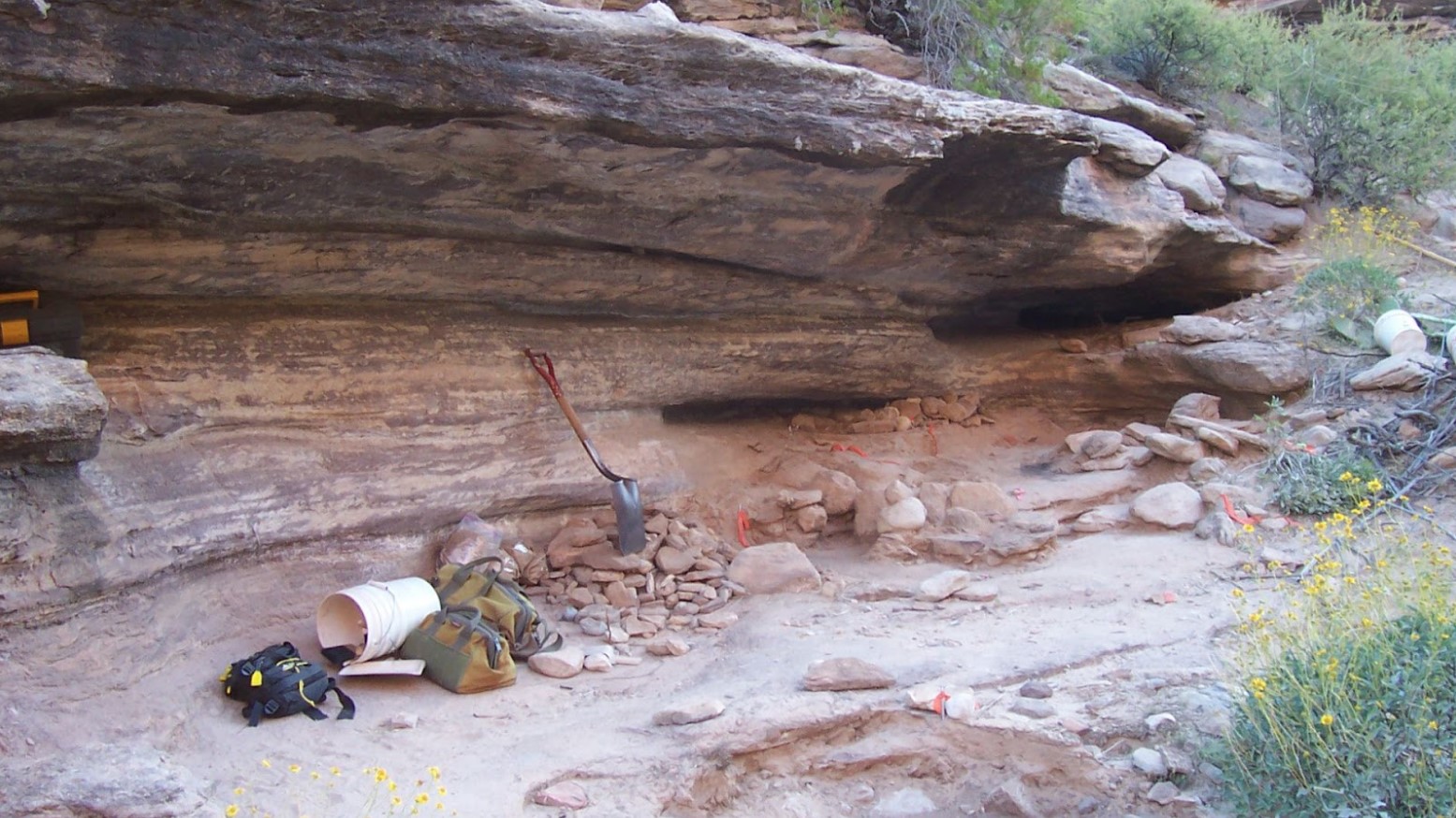
Source: Grand Canyon National Park/Wikimedia Commons
This social behavior is another clue pointing towards their burrowing lifestyle, as living in close-knit groups underground could offer protection and support.
A Floodplain Ecosystem
Around 99 million years ago, the Mussentuchit Member was part of a large floodplain ecosystem with several rivers running through it.

Source: Wikimedia
The landscape was wet and muddy, providing a suitable environment for a burrowing dinosaur like F. herzogae.
Bias in the Fossil Record
Haviv Avrahami, the study’s first author, noted that the fossil record often favors larger animals.
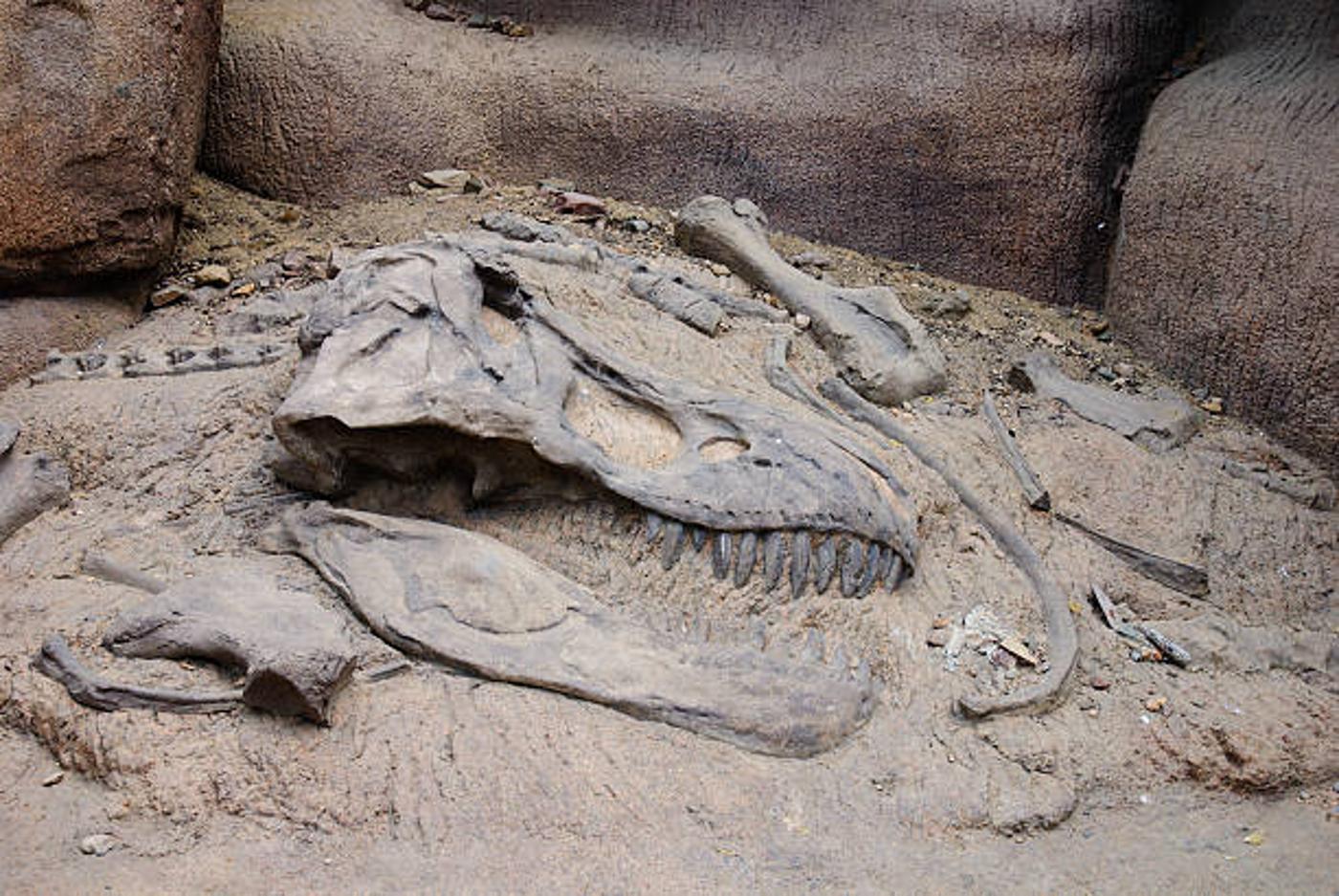
Source: iStock
However, the discovery of F. herzogae remains with many bones preserved in good condition, indicates that these dinosaurs lived underground, where their remains were less likely to scatter or rot.
Further Evidence of Burrowing
Although no burrows made by F. herzogae have been found, similar burrows of its closest relative, Oryctodromeus, have been documented in Idaho and Montana.
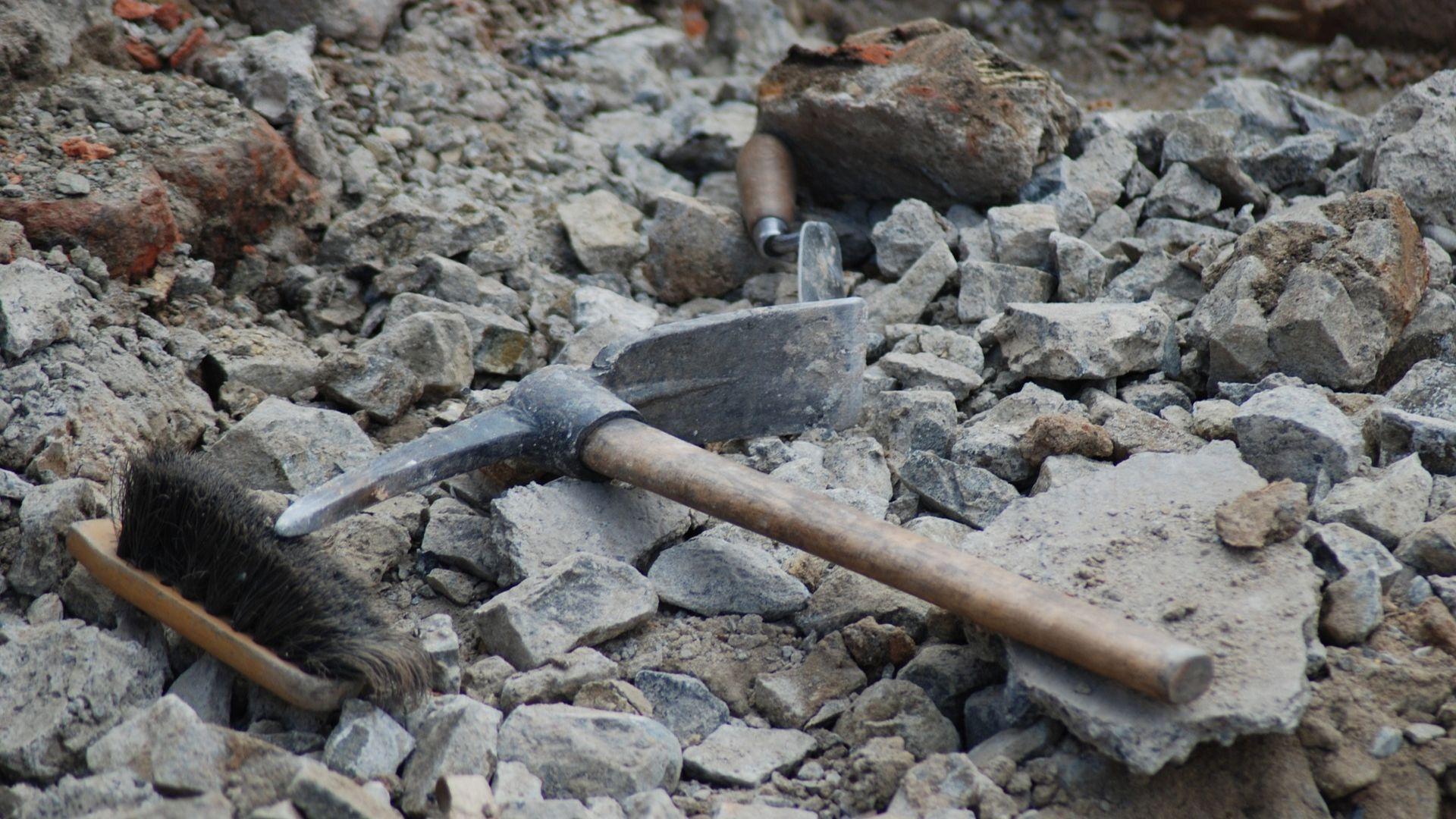
Source: Jumbuk73/Pixabay
This further supports the idea that F. herzogae was a burrowing species.
Insights into Dinosaur Diversity
Lindsay Zanno, a study author, highlighted that this discovery broadens our understanding of dinosaur diversity.
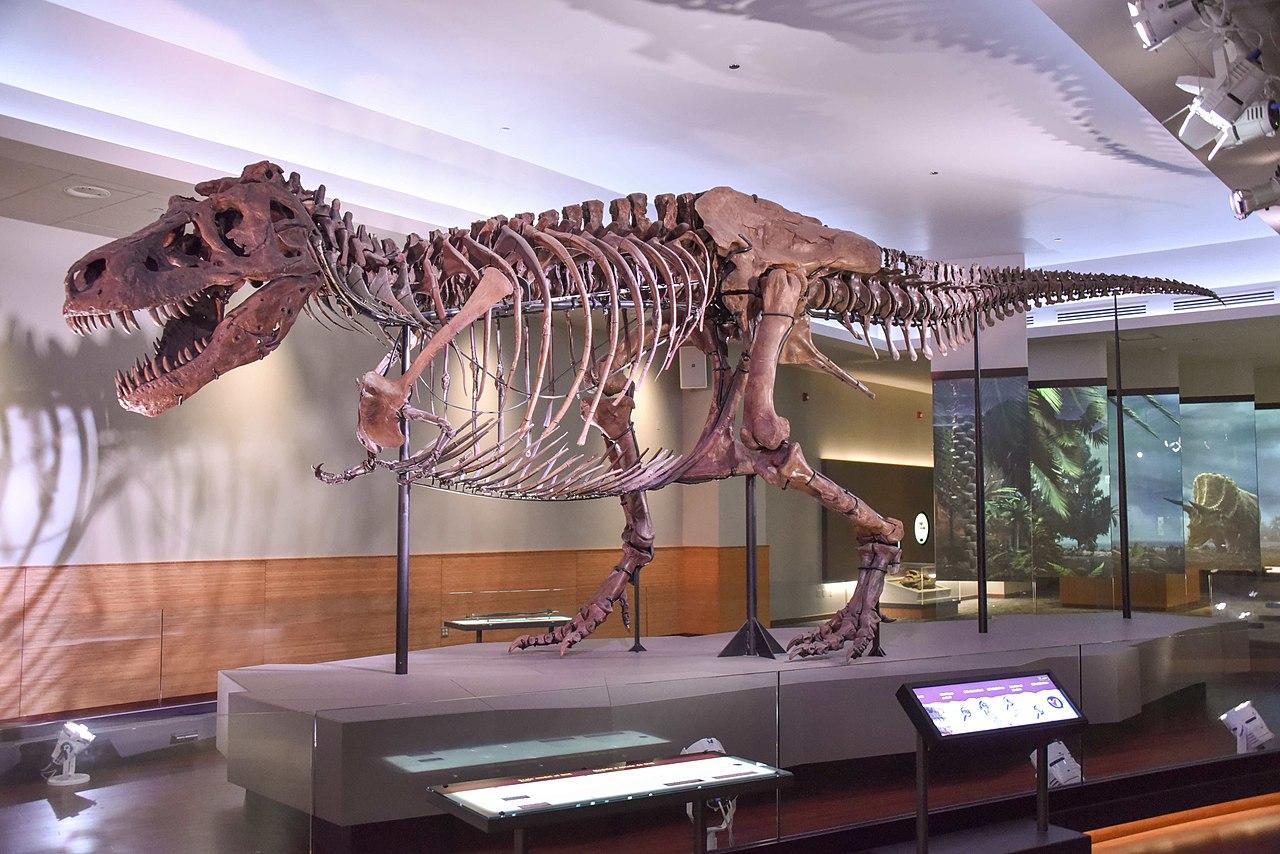
Source: Wikimedia
Dinosaurs occupied a wide range of ecological niches, from arboreal gliders to subterranean shelterers, challenging the “myopic view” of dinosaurs as only large, surface-dwelling creatures.
Expanding Knowledge of the Cretaceous Period
The discovery of F. herzogae adds to our knowledge of Cretaceous ecosystems, showcasing the adaptability and diversity of dinosaurs.
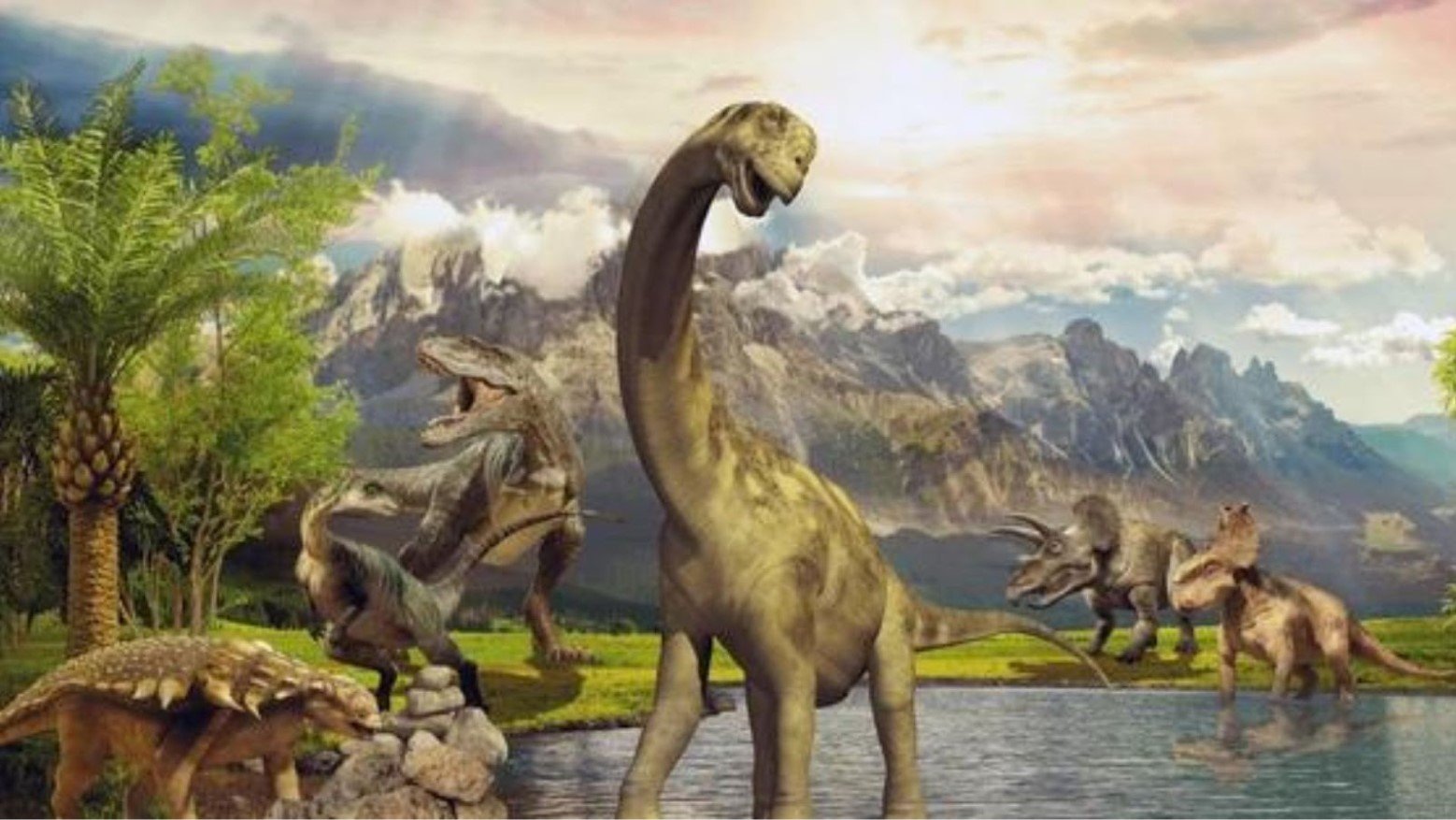
Source: Shutterstock
It reveals that even small, plant-eating dinosaurs had unique adaptations that allowed them to thrive in various environments, including underground.
A Step Forward in Paleontology
The study of F. herzogae is a significant step forward in paleontology, offering new insights into the behavior and lifestyle of dinosaurs.

Donald E. Davis/Wikimedia Commons
This discovery underscores the importance of continuous exploration and research in uncovering the secrets of Earth’s ancient past.
